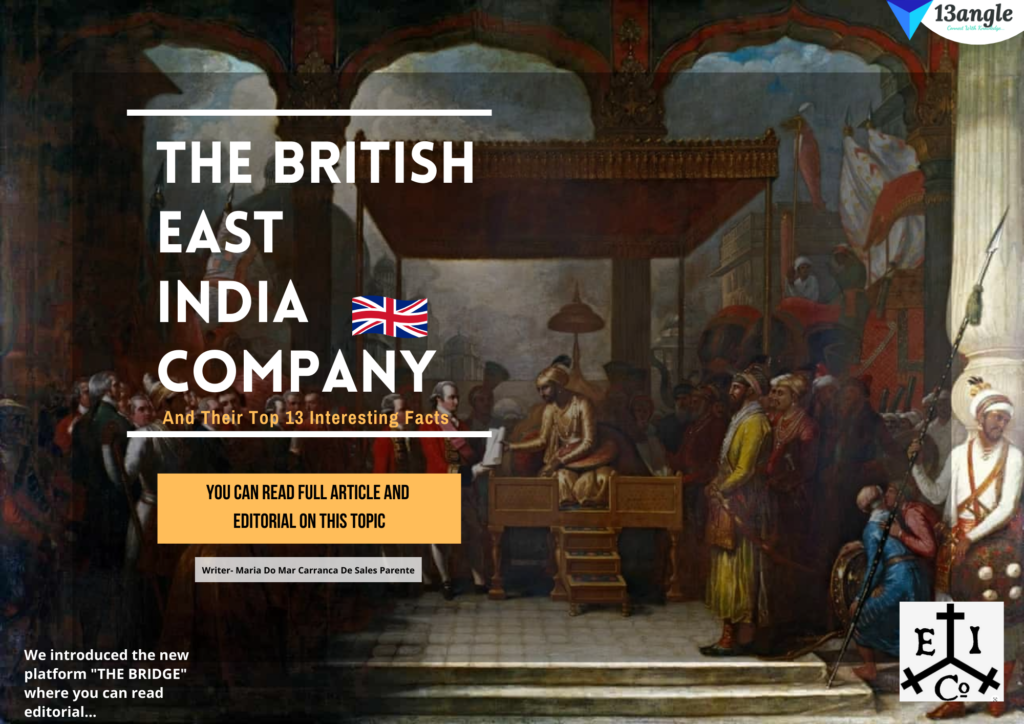The story of the East India Company develops throughout two long centuries, in a cycle of prosperity and chaos. The British (miss) rule brought wealth and famine, death and development, slavery and employment, torture and culture.
At first, the Company was merely a trading enterprise of English merchants and pirates to exploit Indian commodities. By the mid-1700s it consolidated as an autonomous imperial power, governing the destiny of hundreds.
- Advertisement -
The empire’s inevitable fortune arrived in 1857 with the Indian Rebellion, leading to the dissolution of the Company. The Crown took control over the Indian possessions, armed forces, and machinery. The historical turn accrues from diverse political, economic, military, religious, and social causes.
India represented an engine of wealth. The Company proved to be highly efficient at extracting revenue from the subcontinent through over-taxation and exploitation of Indian delicacies. There was always money to sustain an endemic corruption, through bribes and war. Whereas, feeding the people did not appear to be a priority.
Bengal, the valuable region in upper India, was particularly scrutinized by the above economic policies. In the catastrophic year of 1770, the Great Famine killed millions of Bengals. The human cost preceded the raise in taxation levels by 10%, and the food shortage after a failed monsoon and drought in 1769. The Company choose not to issue a famine relief program, focused on maximizing its profits by exacerbating the monopoly on food.
- Advertisement -
Local farmers and laborers sentenced to death by starvation represented the main tool to extract wealth from Bengal. Thus, the economic viability of the Company was undermined. Continuous drops in productivity, and growing military and administrative costs destroyed the enterprise as a highly profitable monopoly. The financial debilitation of the Company worsened with the shortfall demand for Indian tea in North America, and the huge trade deficit of (trafficked) opium with China.
At the turn of the 19th century, the Company encompassed land annexations throughout the subcontinent. The perpetual changes in land tenure challenged farmers, hampering their success and labor. The expansion of territories was often brutal and violent with humanitarian costs and forging alliances, and ignoring them. The highest social levels in India grew angry with the systematic collapse of princedoms.
The opposition started to grow within civilians, as a result of the abuses of power, financial woes, and territorial expansion. Likewise, grievances of the sepoy army against the Company administration and the deterioration of service conditions began to materialize. The ethic gap between the European officers and their Indian troops was deepening.
- Advertisement -
The small company of merchants developed to become a de-facto government exercising authority to adjudicate societal disputes. The, now, sovereign Company permeated the criminalization of Eastern traditional practices.
Christian missionaries sought a (mass) conversion of laborers, often resulting in abuses of power. The inculturation involved the legalization of remarriage, the prohibition of suttees1, the compulsory of baptisms, the destruction of places of worship, the allowance of converted Hindus to inherit property.
The last straw of a religious war being fought only by the British, refers to the issue of a new weapon to the sepoy militia, in 1853. Greased with lard regarded as unclean by Muslims, and with tallow made from the sacred animal to Hindus. The Enfield rifle requires gunpowder cartridges made from cow and pig fat – a great insult to both religions.
- Advertisement -
Religious intolerance threatened the beliefs and sacred truths of Indians. The natives started campaigning against the offense of blasphemy and prejudice. A longing to fight for their faith emerged.
- Advertisement -
May 1857. Chapatis and lotus flowers were mysteriously circulating among the sepoys. Both objects symbolize revolution and evidence of a conspiracy.
The Rebellion was starting.

For deep details, you can read the full article. Click the link below :
Written By- Maria Do Mar Carranca De Sales Parente





